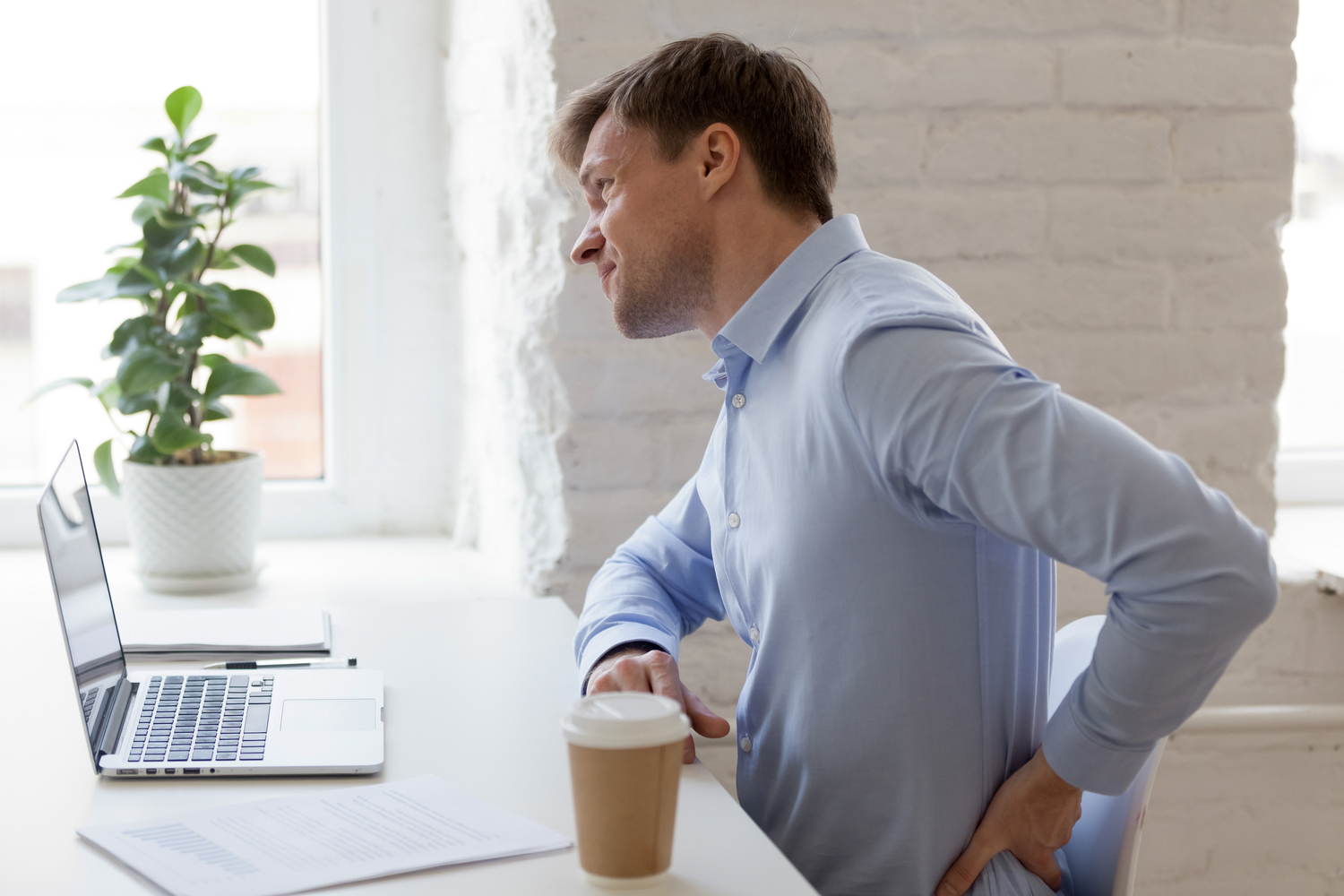Advisable Exercises for Osteoporosis
Approximately 53 million people in the country suffer from osteoporosis, a condition prevalent in older adults. Seniors, especially women, tend to develop osteoporosis due to hormonal imbalances caused by menopause, which, in turn, lead to bone issues. This disease commonly affects bones in the wrist, spine, hips, and ribs and increases the risk of fractures. Some of its early signs are a weakening grip strength, weak and brittle nails, and receding gums.
Diagnosis of osteoporosis
Diagnosing this bone disease usually involves a doctor administering the necessary physical exams like blood and urine tests and checking your medical history. If you have a family history of osteoporosis or observe any of the early symptoms, it is best to get a test done after speaking with your doctor.

Treating osteoporosis
It is not possible to prevent developing the condition; however, advancements in medical science help one manage its symptoms effectively. Initial stages of osteoporosis can be treated to help rebuild and slow down bone loss. Doctors typically prescribe a combination of prescription remedies, nutrient supplements, and physical exercise. Since the primary concern is bone density loss, doctors aim to prevent loss of bone mass and, in fact, focus on promoting or stimulating bone growth.
Exercises for osteoporosis
Exercises for osteoporosis need to be undertaken carefully. Since the risk of breaking bones is relatively high, it is essential to be careful while starting a new fitness routine. Be mindful to begin physical activities initially in the presence of a trained professional. Workouts for osteoporosis can increase the strength of muscles and bones. But, it is also essential to have a workout regimen that improves balance, coordination, and flexibility to enhance movement and lessen the chances of falling. Some of the osteoporosis exercises that your doctor may recommend are listed below.
Weight-bearing exercises
Weight-bearing exercises might seem counter-intuitive for this condition, where bones get weaker. However, these workouts for osteoporosis trigger hormones that stimulate bone production. Studies show that adults who exercise regularly have stronger bones and significantly higher bone density than those who are lethargic. Osteoporosis exercises are known for their ability to rebuild more rigid muscles. However, the push and pull of the muscles against the bones also increase their strength. The bone density increases, and so does their resistance and tolerance to stress and illness. Osteoporosis exercises stress on the feet and make you work against gravity. Some examples are jogging, jump ropes, aerobics, climbing stairs, and hiking.
Low-impact exercises
For most patients, it is advisable to undertake only low-impact osteoporosis exercises. Always remember to consult a doctor and not push yourself more than your capacity. Some apparatus that doctors recommend are elliptical training machines, low-impact aerobics, stair-step machines, and treadmills. People with osteoporosis should be careful, especially those who have not exercised much before. A good rule of thumb is sticking to about 30 minutes of exercise five days a week.
Strengthening muscles
As stated before, the movements of muscles improve bone density, but they also help patients with the condition by increasing functional strength and heightening coordination and balance. Thus, weight-bearing and strengthening exercises should be part of your routine if you have osteoporosis. When done at least twice a week, elastic bands, weight machines, free weights, and other strength-training workouts improve the condition of osteoporosis patients.
Non-impact exercises for osteoporosis
While these exercises have minimal effect on bone strengthening, they do improve coordination and flexibility. These can be practiced daily, have low risk, and act as relaxation techniques. Balance exercises like Tai Chi make you steadier and help you connect with nature. Posture exercises help straighten the hunched backs of osteoporosis patients, especially women and decrease the chances of spinal fractures. Practicing yoga and pilates also helps increase back strength and flexibility.
Apart from these, activities like cycling and swimming improve bone strength without putting pressure on them and improve cardiovascular health. Since osteoporosis is more common in individuals of advanced age, these exercises are quite beneficial for their overall health and wellness. They also help prevent the development of lifestyle ailments like diabetes and obesity, which have severe consequences in old age.

